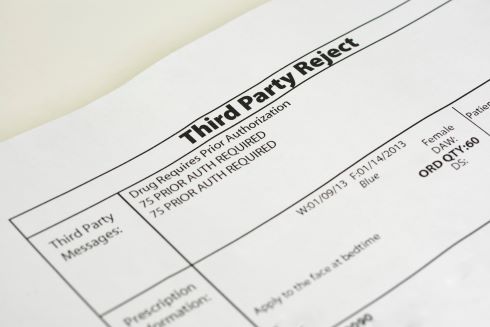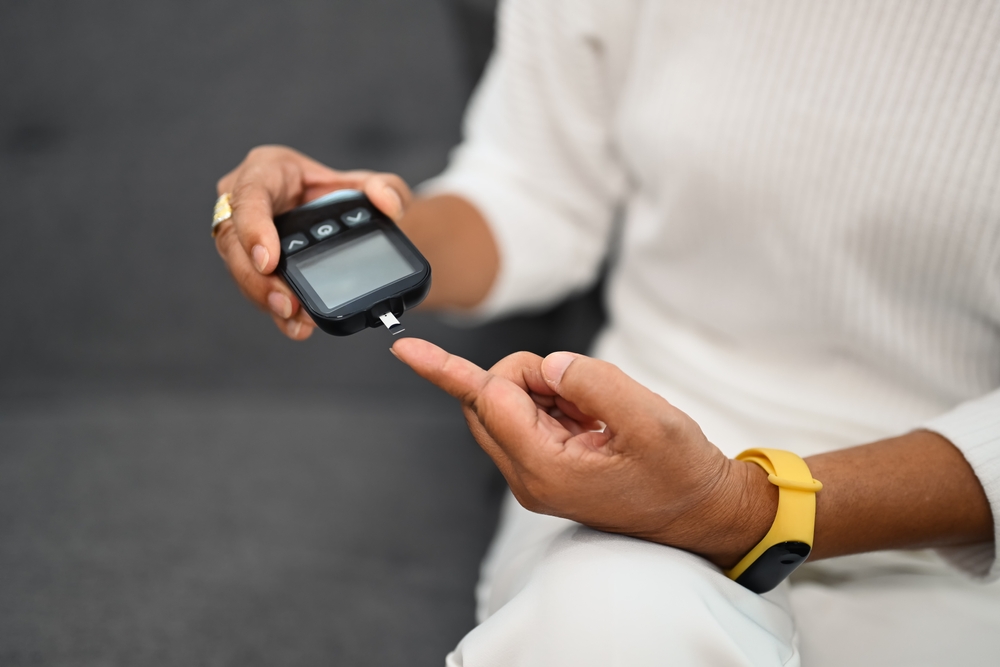
A study published in the Annals of Hematology used real-world evidence to conduct head-to-head comparisons of triplet regimens for treatment of relapsed/refractory multiple myeloma (RRMM).
“Multiple available combinations of proteasome inhibitors, immunomodulators, and monoclonal antibodies are shifting the RRMM treatment landscape. Lack of head-to-head trials of triplet regimens highlights the need for real-world evidence,” wrote the authors.
The investigators used electronic health records to retrospectively evaluate comparative effectiveness of bortezomib (V), carfilzomib (K), ixazomib (I), and daratumumab (D) in combination with either lenalidomide (R) or pomalidomide (P) plus dexamethasone (d). In total, 741 patients treated with lenalidomide-based regimens and 348 patients treated with pomalidomide-based regimens were included. Patients were included if they initiated triplet regimens in their second line of therapy or later and were followed from 2007 through 2018.
The most common triplets administered to patients aged ≥75 years were IRd (39.6%), IPd (37.8%), and VRd (36.7%). More patients in their second line of therapy received regimens including bortezomib than other triplets.
Average time to next treatment (TTNT) for each lenalidomide-based regimen was: 13.9 months for VRd; 8.7 months for KRd; 11.4 months for IRd; and not estimable (NE) for DRd. For pomalidomide-based regimens, TTNT was 12.0 months for VPd; 6.7 months for KPd; 9.5 months for IPd; and NE for DPd. Upon adjustment for covariates, KRd was associated with significantly higher risk of further lines of therapy or death compared with DRd (hazard ratio 1.72; P=0.0142). No pomalidomide-based regimen showed significant difference versus DPd.
In conclusion, the authors wrote, “Our data highlight important efficacy/effectiveness gaps between results observed in phase 3 clinical trials and those realized in the real world.”







 © 2025 Mashup Media, LLC, a Formedics Property. All Rights Reserved.
© 2025 Mashup Media, LLC, a Formedics Property. All Rights Reserved.